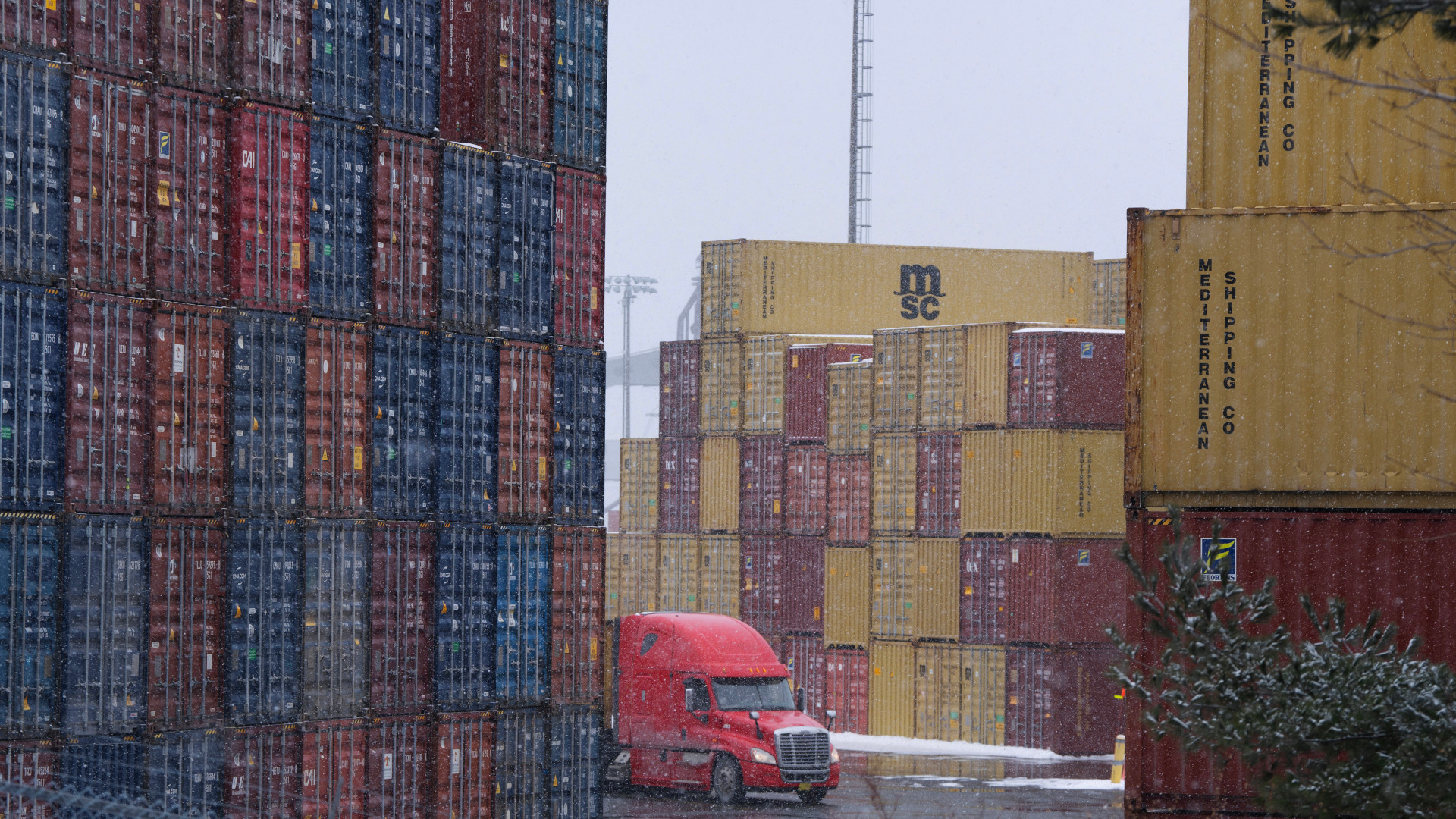Global Trade Update (March 2025)

The Global Trade Update is now a monthly publication analysing trade policy and global trade data.
The March 2025 edition examines tariffs and their impact on global trade. As an important trade policy tool, tariffs serve as a mechanism to protect domestic industries and generate government revenue.
However, high import duties can increase costs for businesses and consumers, potentially stifling economic growth and competitiveness. Policymakers must strike a balance between leveraging tariffs for economic development and integrating into the global economy through trade liberalization.
The report also presents new trade data and projections across regions, industries and sectors, covering 2024 and early 2025. While global trade reached a record $33 trillion last year, the outlook for 2025 remains uncertain.
Key takeaways on tariffs
- Today, about two-thirds of international trade occurs without tariffs, either because countries have chosen to reduce duties under most-favoured-nation (MFN) treatment or through other trade agreements.
- However, tariff levels applied to the remainder of international trade are often very high, with significant differences across sectors. Agriculture remains highly protected, manufacturing still encounters trade barriers in key industries, while raw materials generally benefit from low tariffs.
- Developing countries face higher duties that limit market access. Agricultural exports from these nations face import duties averaging almost 20% under (MFN) treatment. Meanwhile, textiles and apparel remain subject to some of the highest tariff rates (import duties average close to 6%), limiting developing countries’ competitiveness in these industries.
- South-South trade (trade between developing countries) still faces high tariffs. For example, trade between Latin America and South Asia faces an average tariff of about 15%.
- Tariff escalation discourages developing economies from exporting value-added goods, hindering industrialization. This refers to the practice of applying higher tariffs on finished goods than on raw materials or intermediate inputs. Designed to protect domestic industries, this tariff structure also discourages manufacturing in countries that produce raw materials, creating a disincentive to move up the value chain.
Key trade facts and figures
- Global trade hit a record $33 trillion in 2024, growing by 3.7% ($1.2 trillion). Most regions saw positive growth, except for Europe and Central Asia.
- Services led the expansion in 2024, growing 9% annually and adding $700 billion (nearly 60% of the total growth). Trade in goods grew at a slower 2%, contributing $500 billion. However, growth in both sectors slowed in the second half of 2024, with services growing just 1% and goods less than 0.5% in the fourth quarter.
- Developing economies’ trade grew faster. Their imports and exports rose 4% for the year and 2% in the fourth quarter, driven mainly by East and South Asia. Meanwhile, developed economies saw their trade stagnate for the year and drop by 2% in the fourth quarter.
- Merchandise trade imbalances widened. The United States trade deficit with China reached -$355 billion, widening by $14 billion in the fourth quarter, while the US deficit with the European Union increased by $12 billion to -$241 billion. Meanwhile, China’s trade surplus reached its highest level since 2022. And the EU reversed previous deficits, posting a trade surplus for the year.
- Trade remained stable in early 2025, but uncertainty looms. Mounting geoeconomic tensions, protectionist policies and trade disputes signal likely disruptions ahead. Recent shipping trends also suggest a slowdown, with falling freight indices indicating weaker industrial activity, particularly in supply chain-dependent sectors.
link



